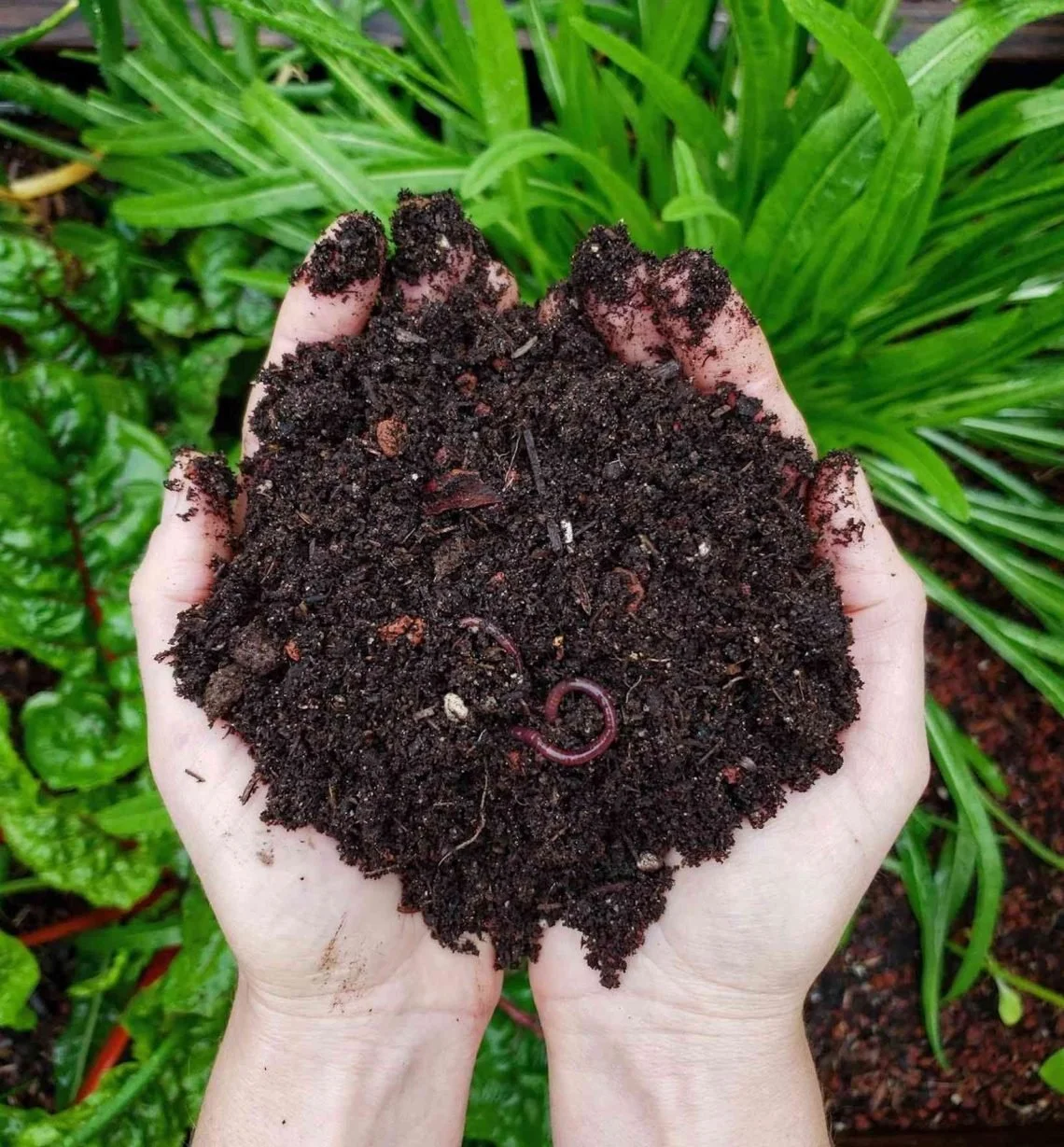We produce a lot of trash. This sheer amount of waste produced places enormous pressure on waste management systems. In response, composting aims to provide a way of decreasing food waste and has steadily grown in popularity over the past decade. Sometime over the last few semesters, you’ve probably seen the Moonshot composting bins accompanied by instructional posters by the trash cans in the serveries. The mission of Moonshot Compost Services is to divert excess food from landfills and return the nutrients back to the soil [1]. Rice students are welcomed to be a part of this mission by discarding their plates, food, and any other acceptable biodegradable items into a Moonshot composting bin.
Let’s zoom out from our campus and take a look at large-scale composting operations as a whole. What is the fate of the food waste once it’s out of our hands?
Once compost is collected and sent off for processing, there are a few commercially viable methods in practice to break it down into usable organic materials: windrow, aerated stack pile, and in-vessel composting [2]. In windrow composting, compost is piled in long rings and the organic material is rotated at regularly occurring intervals. Downsides of this method include the need for large amounts of land and constant supervision of the composting process. In aerated stack pile composting, wood chips are layered in with the compost to create spaces for airflow throughout the compost pile; pipes are often used to provide an upward stream of air from the base of the pile. Although this method is able to degrade compost fairly quickly, the machinery and equipment required to set up the system are quite expensive and labor-intensive. Finally, in-vessel composting shifts away from exposing compost to open air and opts to place compost into a temperature- and moisture-controlled environment within a container. This in-vessel composting may turnout compost quicker than the other two methods, but is fairly expensive [3].
If done in an efficient manner, these methods of composting food waste can provide a viable and continuous pipeline from food waste to nutrient-rich soil that can be used to grow crops. A key take away from all of this is that regardless of the method used for composting, there are some drawbacks to the composting process, whether it be high costs, large amounts of land use, or the production of foul odors (yikes!). Zooming back into our campus serveries, it’s important to recognize that although we don’t have control over what exactly happens to our compost, decreasing the amount of food waste by taking advantage of our Moonshot bins is an easy way to decrease Rice’s waste.
References
[1] Impact. Retrieved November 5, 2021, from http://www.moonshotcompost.com/impact/.
[2] Alexander, G. How commercial composting works. Retrieved November 5, 2021, from https://earth911.com/business-policy/how-commercial-composting-works/.
[3] Sustainable Management of Food: Types of Composting and Understanding the Process. Retrieved November 5, 2021, from http://www.epa.gov/sustainable-management-food/types-composting-and-understanding-proces s#aeratedstatic.
[4] Image: https://images.app.goo.gl/3oPXQsGWQVnNS1858

